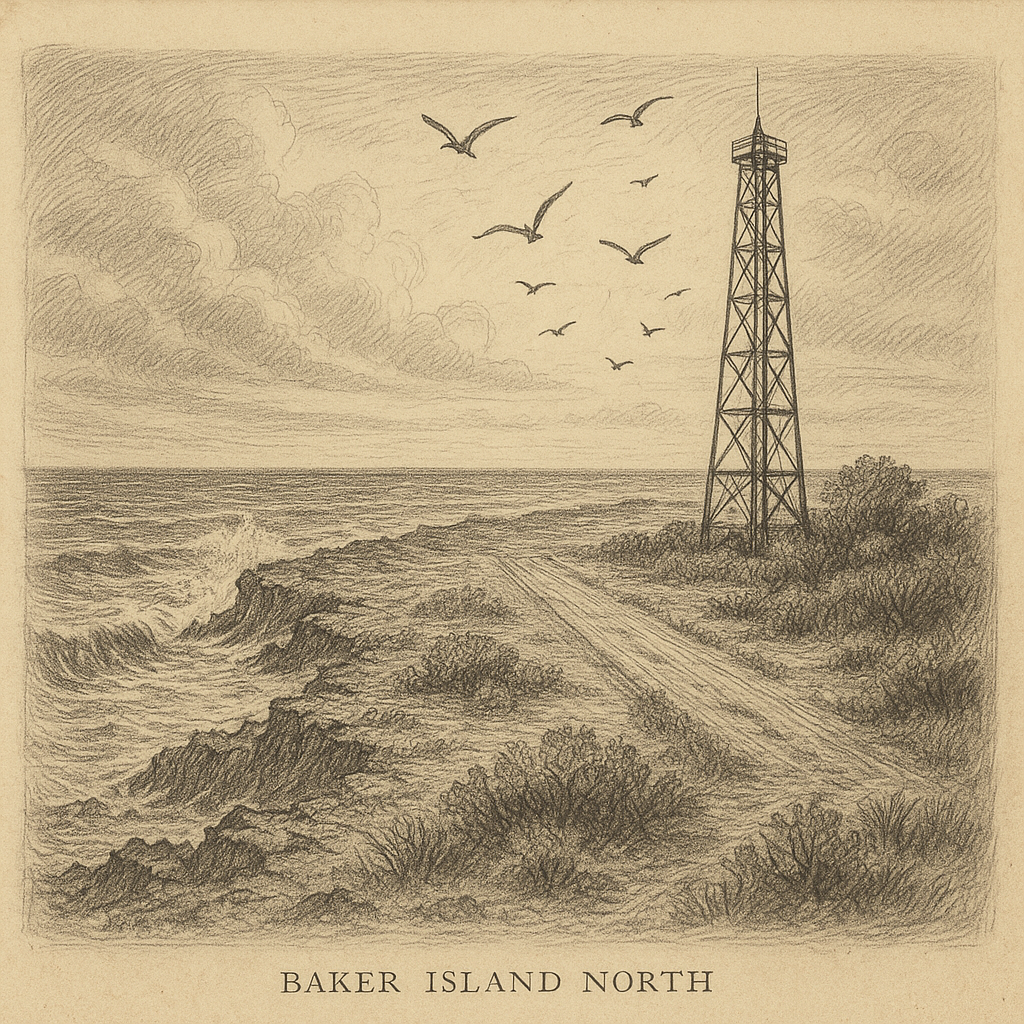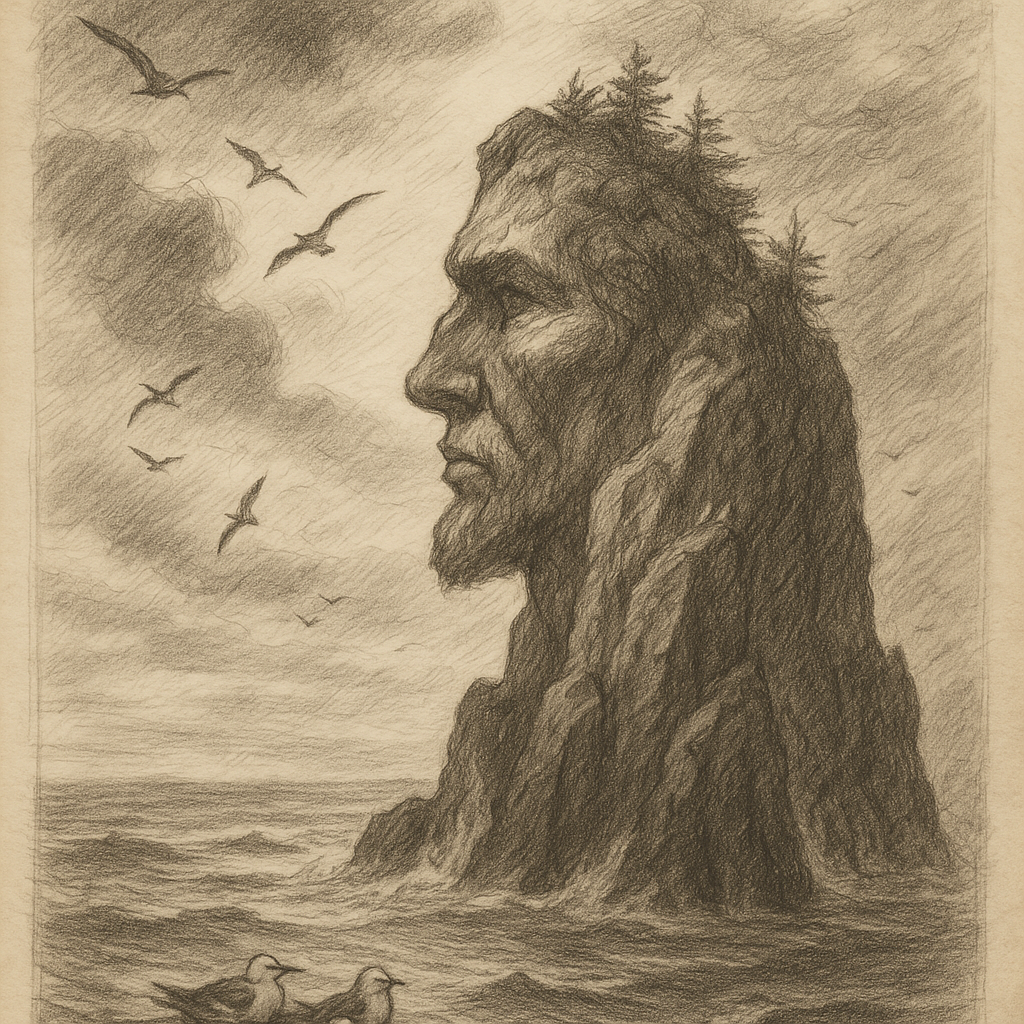Tristan Island: The Remote Outpost of the South Atlantic
Tristan Island, often referred to as Tristan da Cunha, is one of the most remote inhabited islands on Earth. Located in the South Atlantic Ocean, this volcanic island is both breathtaking and mysterious. Isolated nearly halfway between South Africa and South America, it is part of a small archipelago governed by the United Kingdom as part of the British overseas territory of Saint Helena, Ascension and Tristan da Cunha.
Geography and Location
Tristan Island lies approximately 2,400 kilometers from the nearest continental landmass, South Africa, and over 3,300 kilometers from South America. It is the largest island in a small group, which includes Inaccessible Island, Nightingale Island, and the tiny, uninhabited Gough Island further to the southeast.
Created by volcanic activity, the island is roughly circular, about 11 kilometers in diameter, with steep cliffs rising dramatically from the sea. The most prominent feature is Queen Mary’s Peak, a cone-shaped volcano that soars to a height of 2,062 meters above sea level and is often shrouded in mist and clouds. The last known eruption of the volcano occurred in 1961, prompting a temporary evacuation of the island’s entire population.
Climate and Environment
Tristan Island enjoys a cool oceanic climate with mild temperatures and high humidity year-round. Summers are mild, with average daytime temperatures around 15°C (59°F), while winters are cooler, but frost is rare. The island receives significant rainfall, averaging 1,700 to 2,000 mm annually, contributing to its lush green landscape.
Despite its remoteness, the island harbors a unique ecosystem. Due to limited human development and its isolation, Tristan Island is home to numerous endemic plant and animal species. The surrounding waters are teeming with oceanic life, including seals, dolphins, and whales, as well as racks of seabirds that nest on its cliffs.
Inhabitants and Way of Life
Remarkably, Tristan Island has a small but resilient community of around 250 permanent inhabitants who live in the only settlement on the island, Edinburgh of the Seven Seas. Life here is simple and revolves around subsistence farming, fishing, and the cultivation of potatoes, which are a staple of the local diet.
There is no airport; the only way to reach the island is via a periodic boat service from South Africa, a journey that can take seven to ten days depending on sea conditions. Supplies arrive only a few times a year, and residents rely heavily on self-sufficiency and communal cooperation.
Tristan Islanders have developed a unique culture and dialect over generations, blending English heritage with a deep connection to their isolated environment. Education is provided locally up to a certain age, and medical care is limited, often requiring emergency evacuations in critical situations.
Flora and Fauna
The island and its surrounding ecosystem support a remarkable diversity of life. Tristan is a haven for ornithologists due to the presence of several rare bird species, including the Atlantic yellow-nosed albatross and the Tristan thrush, the latter being endemic to the islands.
The nearby Gough Island, part of the Tristan archipelago, has been recognized as a UNESCO World Heritage Site for its importance as a breeding ground for seabirds, many of which are threatened or endangered.
The island nation has made concerted conservation efforts in recent decades, with notable success in eradicating invasive species and protecting native habitats. Efforts to maintain the island’s biodiversity include marine protected areas and strict environmental controls on imports and land use.
Interesting Facts
– Tristan Island is often cited as the most remote inhabited island in the world.
– The current population is descended from just a few original settlers, leading to a unique genetic pool and sociocultural identity.
– There are only a handful of surnames used by the residents, all traceable back to original settlers from the 19th century.
– In the 1960s, when the volcano erupted, the entire population was temporarily relocated to the United Kingdom, only to return despite the dangers, citing their deep bond with their homeland.
– The island has its own postal system and stamps, treasured by collectors around the world.
– Electricity is mostly generated via diesel generators, and many goods are still manufactured locally by hand.
Legends and Folklore
Like many isolated communities, Tristan Island is rich in legends passed down through generations. One of the most well-known tales centers on “The Phantom Ship,” said to appear on foggy nights. According to the legend, locals speak of a ghostly vessel seen drifting near the island’s coast, unmanned and shrouded in mist. Some claim the ship is a remnant of those lost at sea during the early settlement period or even pirates seeking the “edge of the world.”
Another enduring legend involves Queen Mary’s Peak. Islanders believe that the volcano, which dominates their skyline, is the spiritual heart of the island. During storms, some say they hear whispers carried down the crater slopes, believed to be voices of ancestors watching over their descendants. These tales, while lacking scientific backing, are part of the cultural fabric and reinforce the community’s emotional connection to the island.
Visiting Tristan Island
Due to its isolated nature and lack of access infrastructure, visiting Tristan Island is possible only through a limited number of voyages each year, generally organized from Cape Town. Tourists must apply for permits in advance, and only a few travelers are allowed at any given time to minimize ecological impact.
Despite the logistical challenges, a trip to Tristan is often described as a journey back in time — a chance to witness life untouched by modern commercialism, where nature and humanity exist in delicate balance.
Conclusion
Tristan Island stands as a monument to resilience, isolation, and natural wonder. From its dramatic volcanic landscape to its tight-knit and enduring community, the island continues to defy expectations and captivate the imagination. Its unique blend of history, mystery, ecology, and human spirit makes Tristan not just a remote location, but a living story of life on the edge of the world.


